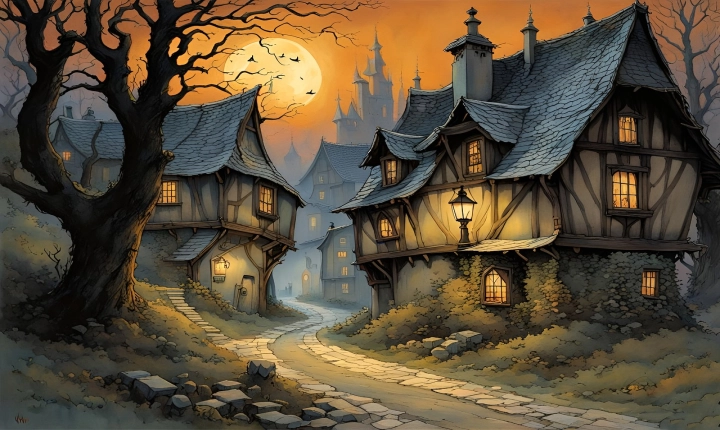Artificial intelligence (AI) has revolutionized the way we interact with technology, and one of the most fascinating applications of AI is the creation of AI-generated pictures. This technology has rapidly gained popularity due to its ability to produce stunning and realistic images that are almost indistinguishable from those taken by human photographers. But how exactly do people create these AI pictures?
One of the most common ways to create AI pictures is through the use of generative adversarial networks (GANs). GANs are a type of AI architecture consisting of two neural networks – a generator and a discriminator. The generator is responsible for creating images, while the discriminator’s role is to identify whether the generated image is real or fake.
The process starts by training the GAN on a vast dataset of images, allowing it to learn the features and characteristics of different objects, scenes, and textures. Once the GAN has been trained, the generator network can produce new images by generating random noise and refining it to resemble a realistic picture. The discriminator then evaluates the generated image, providing feedback to the generator to improve its output. This iterative process continues until the generated images are indistinguishable from real ones.
Another popular method for creating AI pictures is through the use of style transfer algorithms. This technique involves combining the content of one image with the style of another to create a new, unique picture. By leveraging deep learning algorithms, the AI can extract the content and style features of two input images and merge them into a visually pleasing and coherent output.
Furthermore, researchers are constantly exploring new methods to enhance the capabilities of AI pictures. For instance, some are experimenting with incorporating semantic understanding and context-awareness into AI pictures, enabling the AI to generate images that are not only visually appealing but also contain meaningful and relevant content.
The applications of AI pictures are vast and diverse. They can be used in creative fields such as art, design, and animation, as well as in practical applications like image enhancement, object recognition, and virtual reality. Additionally, AI pictures have the potential to revolutionize the entertainment industry by enabling the creation of realistic virtual environments and characters for video games and movies.
However, it’s important to consider the ethical implications of AI-generated pictures, especially in terms of misinformation and manipulation. With the ability to create convincing fake images, there is a risk of misuse, such as forging documents, spreading fake news, or creating deceptive advertisements. As AI picture generation becomes more advanced, it is crucial to develop mechanisms for detecting and verifying the authenticity of images to prevent potential misuse.
In conclusion, the creation of AI pictures involves sophisticated algorithms, neural networks, and extensive training on large datasets. The capabilities of AI picture generation continue to evolve, opening up new possibilities for creativity, innovation, and practical applications. As this technology progresses, it is essential to address ethical considerations and establish safeguards to ensure the responsible use of AI-generated images.
